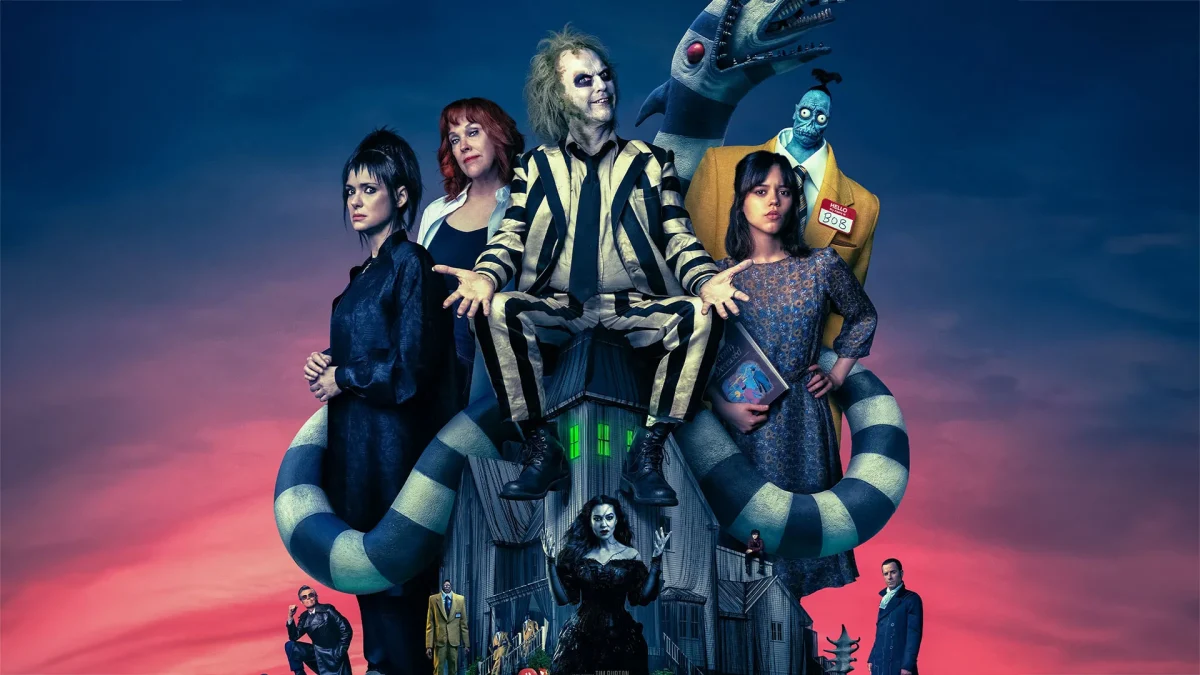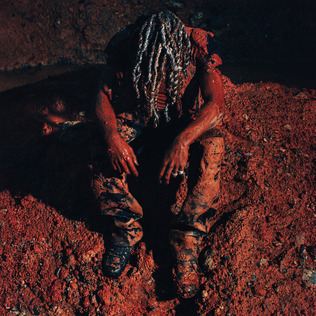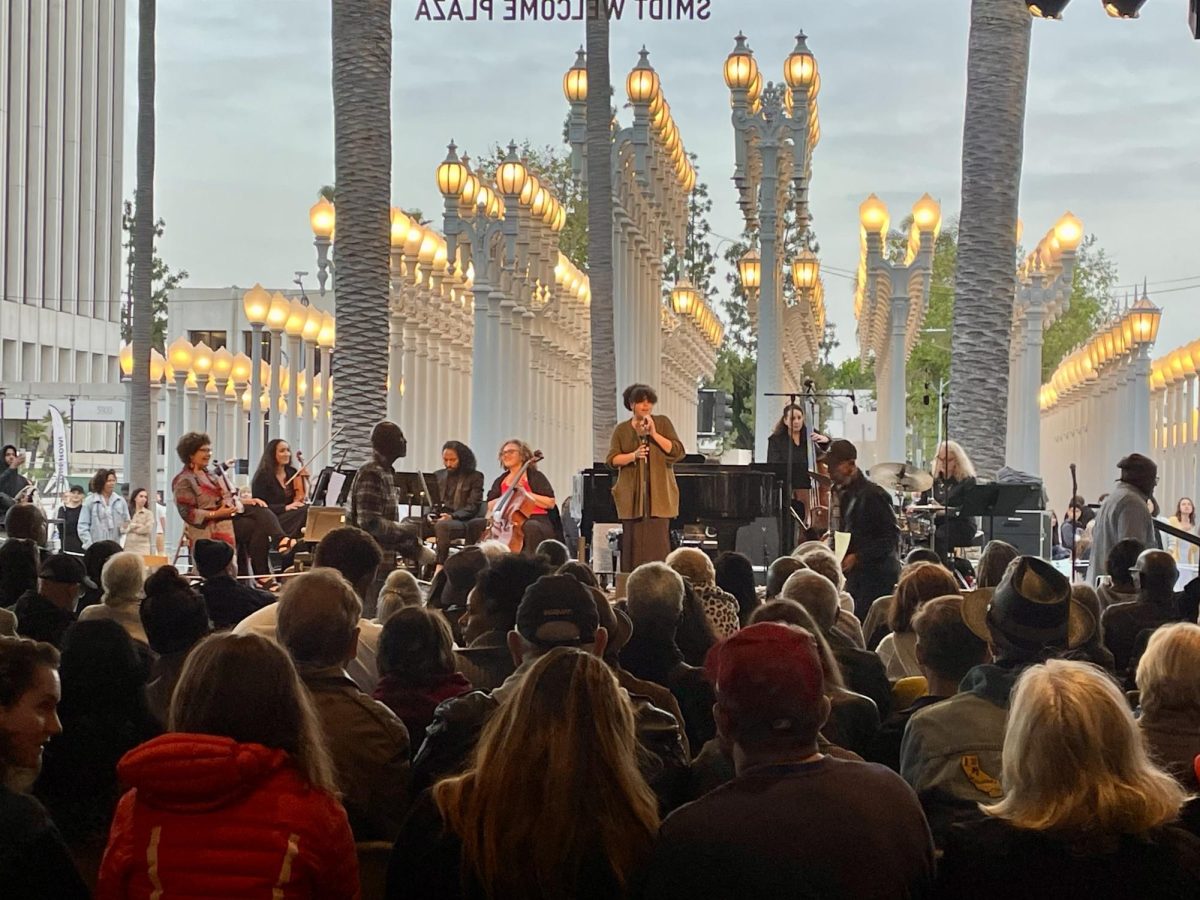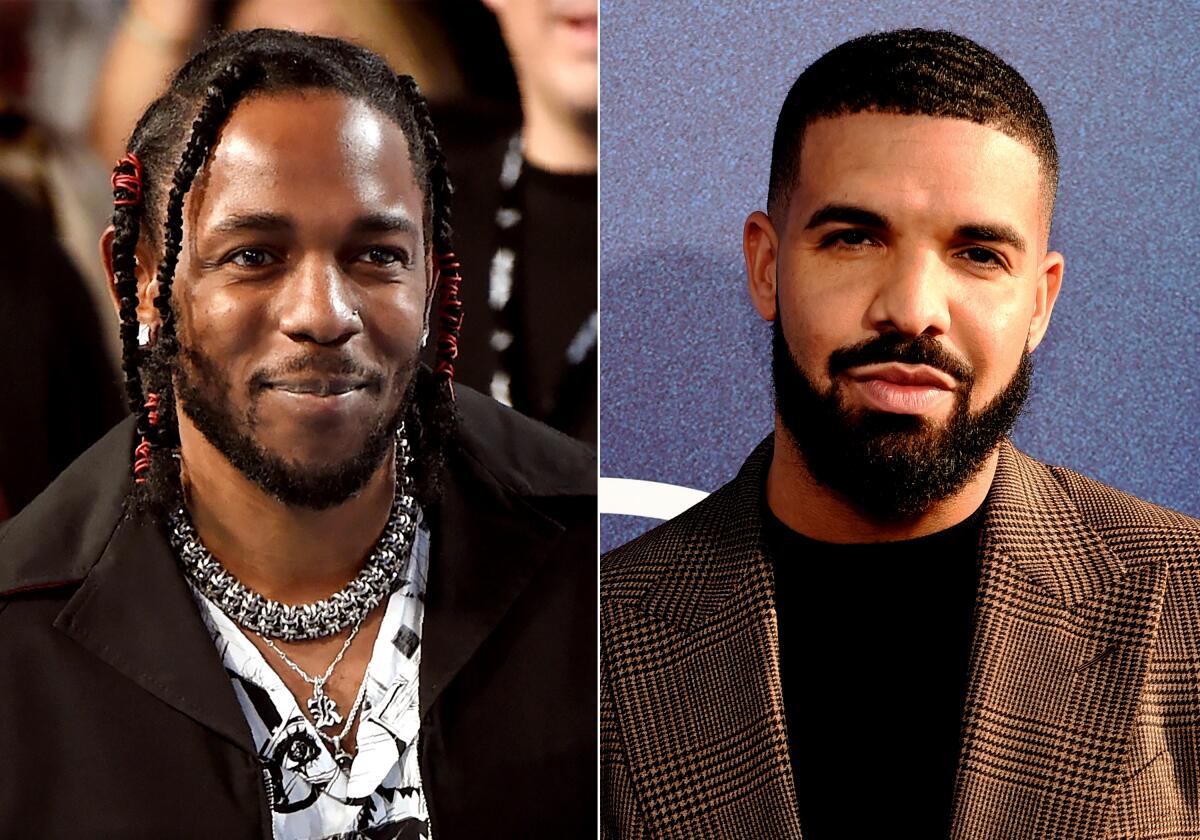By Sophia Pu | Staff writer
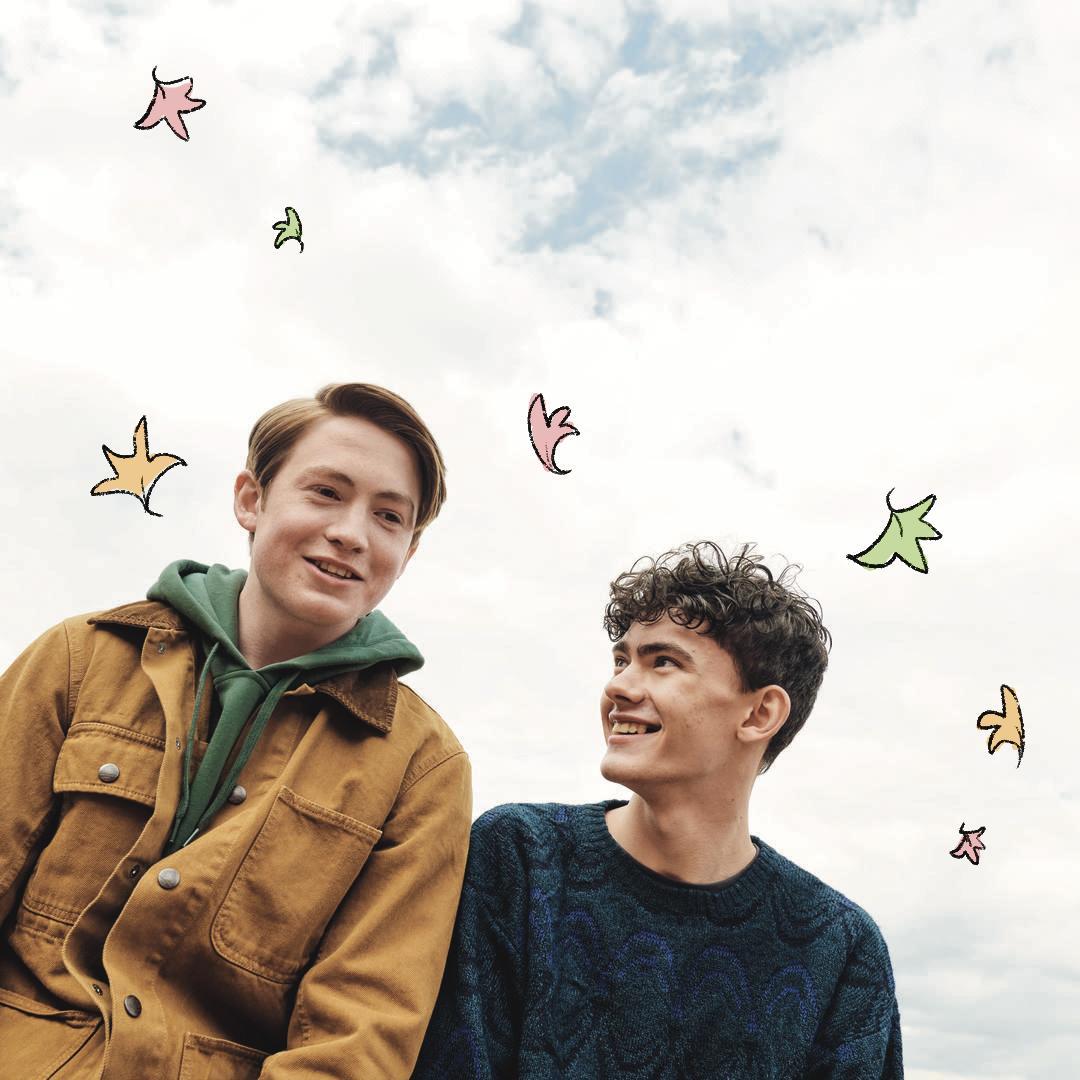
Joyous. That is the one word that encapsulates Netflix’s new teen drama, “Heartstopper.”
The series follows 15 year old Charlie Spring (Joe Locke) as he develops a crush on Nick Nelson (Kit Connor), the star rugby player at their all-boys school. Together, Spring and his best friends, the witty Tao Xu (William Gao), shy Isaac Henderson (Tobie Donovan), and sunny Elle Argent (Yasmin Finney), navigate romance, growing up, and coming out.
Adapted from the titular webcomic by Alice Oseman, director Euros Lyn brings Oseman’s drawings to life. As a fan of the original comics, I appreciated the cartoon elements incorporated as a nod to the series’ roots, as well as the accuracy of the casting and set design. While some characters were cut, the most important ones, including Nelson’s dog, Nellie, remained.
Where many other LGBTQ+ films feel unrealistic and are filled with excess pining and loss, “Heartstopper” is a breath of fresh air. It takes place in modern-day England, depicting same-sex relationships in a nonsexual manner with messages of happiness and healing.
“Heartstopper” is a huge step forward for LGBTQ representation in the media as it portrays the complexities of being gay, bisexual, lesbian, or transgender teenagers. Though there are many hardships, there is also freedom, acceptance, and love. The show illustrates this reality by addressing homophobic attitudes and its effects on mental health while also allowing teenagers to just be teenagers.
The show illustrated many issues that all young adults face; insecurities, jealousy, peer pressure, fear of change, and not being able to say what one might want. It also depicts the LGBTQ struggles of thinking one’s crush is straight, bisexual confusion, not “looking” gay, and coming out.
A key part of Spring’s story is the support he receives from friends, family, and teachers as he experiences bullying from peers. The chemistry between the cast reminded me of my own friendships. They were silly and able to tease each other while also being empathetic and deep.
The most heartfelt moments involved no dialogue at all. The actors conveyed their feelings through only body language and eye contact, while the lighting, music, and drawings set the mood.In tender scenes, everything slows down and the rest of the world fades away. The lighting becomes rosy and warm, and as the tension between characters swells, so does the soft music. Doodles of flowers, leaves, and butterflies swirl around the characters when their eyes meet and sparks fizz and pop when they touch.
Moments of joy are accompanied by bright lighting, toothy smiles and pop beats. The characters’ exhilaration was infectious, spilling out of the screen.
The use of symbolic color makes “Heartstopper” a work of art. At points of anxiety, self-doubt, or sadness, the colors become dark and gray. When things are looking up, there are literal sunshine and rainbows. And at parties, the bisexual flag colors of blue, pink, and purple appear. A theme of blue and yellow, representing Spring and Nelson, ties the whole series together.
Though watching “Heartstopper’’ left me crying tears of joy, screaming into my pillow, and stalking the cast on Instagram, I have absolutely no regrets. The soundtrack, available on Spotify, has been stuck in my head for weeks. The story is a beam of hope in these trying times, not to mention how genuine and relatable the characters are.
All episodes of “Heartstopper” season one are on Netflix.

